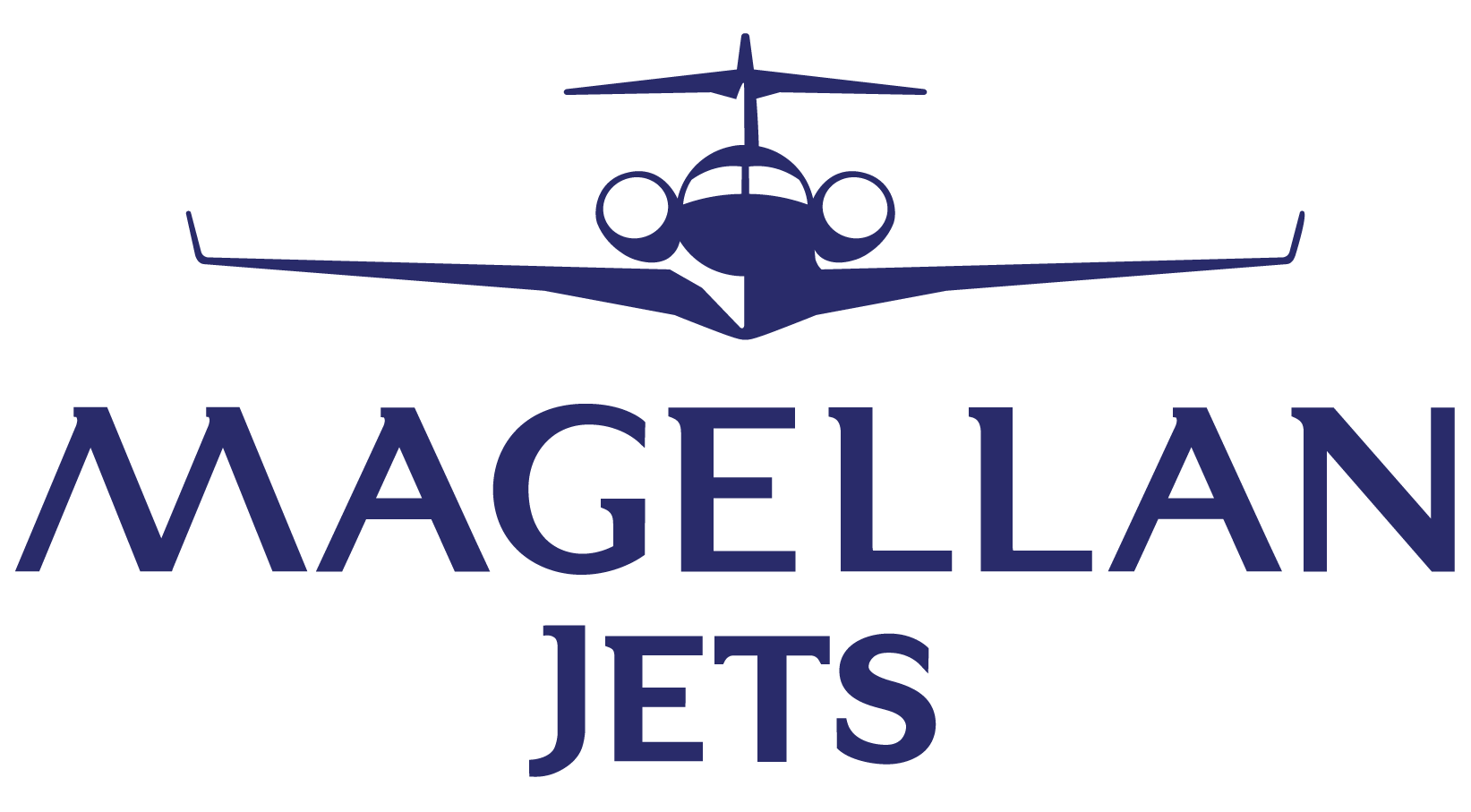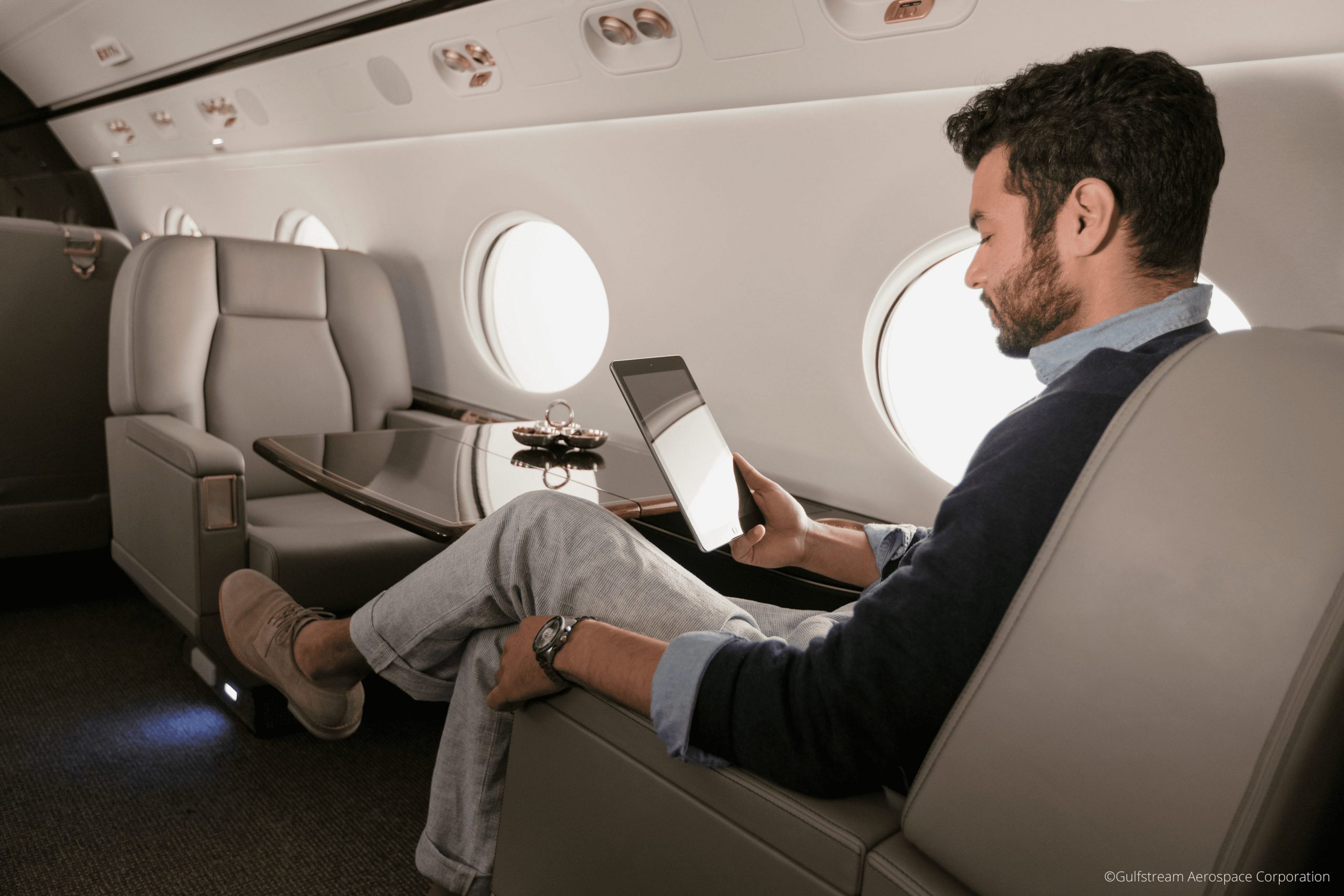The FAA places very stringent safety measures on any new aircraft. A new type of jet (Gulfstream G550, Bombardier Global Express, Cessna Citation X, etc) must meet many requirements for test flights and performance under extreme conditions. Not anyone can build a plane and have it certified to carry paying passengers! There are many safety steps that have to be taken when a new jet is being tested, but here are some of the biggest (and most interesting!)
Get a Design Approved
Photo credit Flickr user margaretshear.
Before you even start building new aircraft manufacturers like Boeing or Cessna have to ensure that they can meet the FAA’s standards for the process of actually building the new aircraft. The FAA likes to see that you have the proper equipment in place and the right training and safety procedures to keep errors from happening when new jets are being built. If you’re using new fabrication methods (a new type of welding or creating a new composite material) then those methods have to be tested by themselves before you can use them for a new aircraft!
Perform Ground Tests
Photo credit Flickr user Global Jet.
Before the new aircraft leaves the ground for the first time it has already been heavily tested. Test pilots spend a lot of time taxiing the jet at low and high speeds checking for stability, controllability, and handling characteristics. They’ll test the engines by throttling them up to full and then pulling them back quickly to make sure they won’t quit. They also make many mock-takeoffs–accelerating to takeoff speed and then stopping as quickly as possible to test the brakes and see how quickly the new jet can come to a stop.
Complete Flight Tests
Once you build your first test aircraft–and often it takes many years and many millions of dollars to do so–you begin a rigorous series of test flights to examine every aspect of the new jet’s characteristics. This gives the manufacturer a chance to figure out all the data that goes into the aircraft’s flight manual. Pilots refer to these flight manuals every time they fly to perform the calculations necessary to go safely and efficiently. Many aircraft have well over 1000 hours of flight test time before they’re certified to carry passengers!
Perform Systems Tests
Photo credit Flickr user DieselDemon.
When you’re cruising comfortably at 45,000 feet, you want to know that the jet you’re on is going to stay comfortable! Test pilots take new jets up to high altitudes to run the systems through a gauntlet of challenging conditions. They make sure the cabin will stay pressurized (very important since the air at 45,000 feet is more than 5 times thinner than the air at sea level) and at a comfortable temperature. They also make sure things like the lights, the flat screens, the window shades, and the sound system all function the way they should. During this phase the pilots also check all their systems like autopilots, flight instruments, and de-icing equipment.
Pass Safety Tests
We’ve all heard that airplanes are the safest way to travel, but have you ever wondered why? After all when you’re flying on a private jet you’re travelling in a metal tube 8 or 9 miles above the ground at close to the speed of sound! The secret is the tough safety testing done on any new aircraft coming into the market. Test pilots check everything from stall speeds (when the aircraft is going too slow for the wing to produce lift) to performance during engine failures to how to fly the aircraft if all the electrical systems stop working. During this phase of the test process they develop procedures for every kind of emergency so that future pilots don’t have to come up with solutions in a real emergency! The procedures they develop maximize safety even in hazardous conditions and every pilot trained on that aircraft learns these procedures by heart!
This is just a snapshot of everything involved in taking a new jet from concept to design to product. The process, which has been developed since the airmail pilots started flying for hire in the 1920s, is centered on the idea that safety and reliability can be achieved in the inherently risky world of aviation. Add on the crew training and safety inspections, along with reliable third parties like ARG/US and Wyvern, and you can be confident that your next charter flight will be safe, efficient, and comfortable!
Chris Patten is an FAA licensed commercial pilot and a Flight Support Specialist for Magellan Jets.














